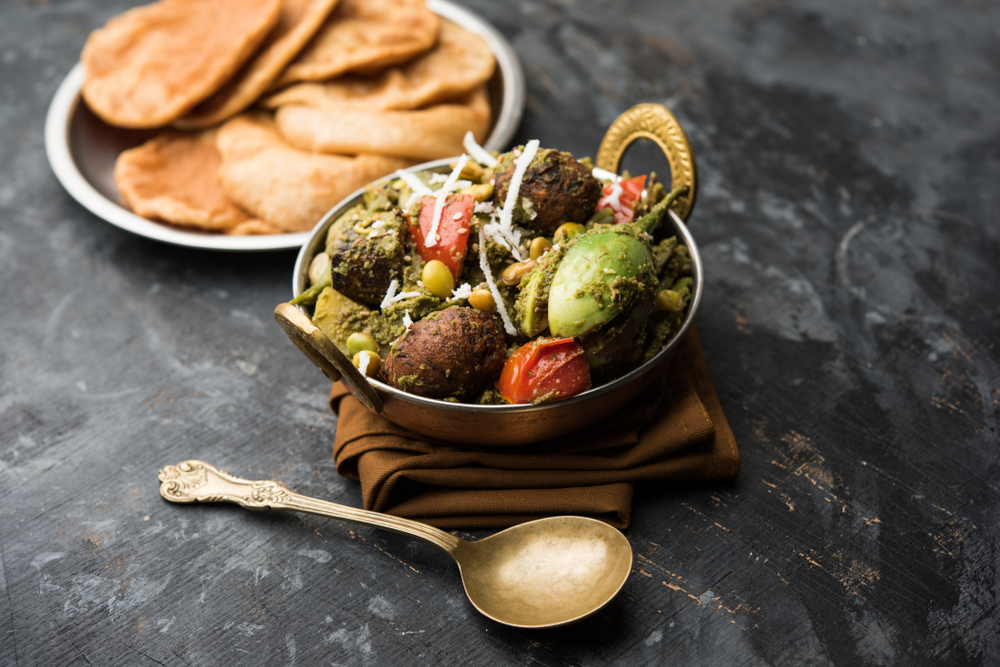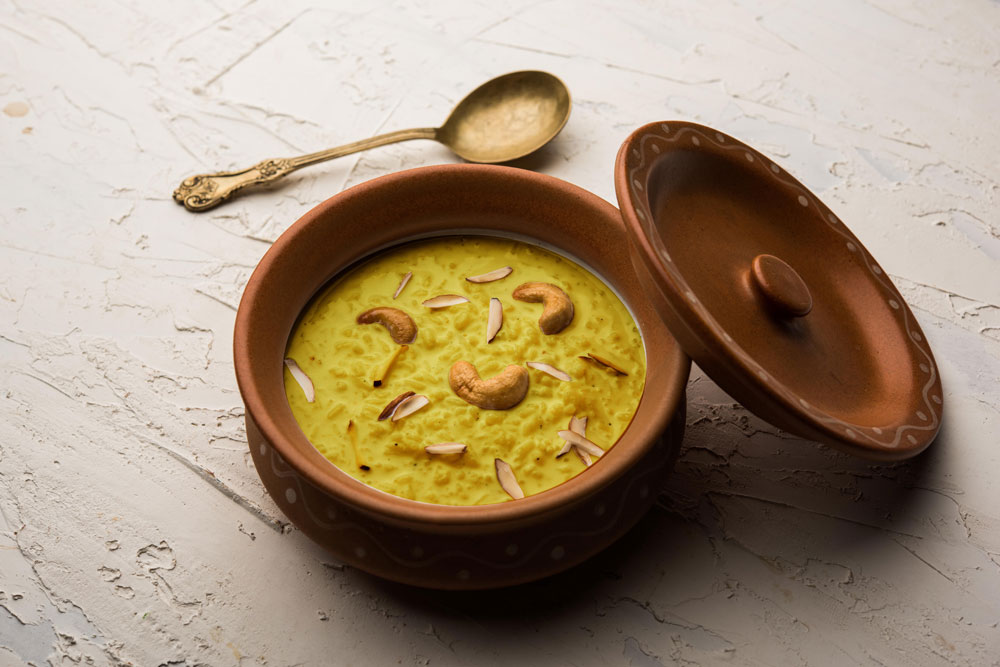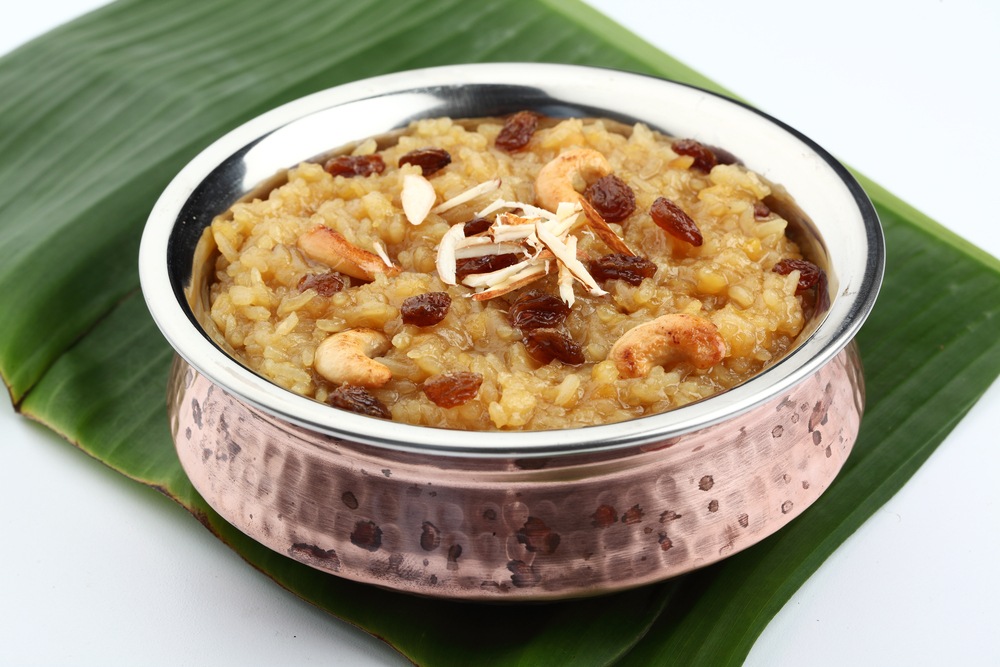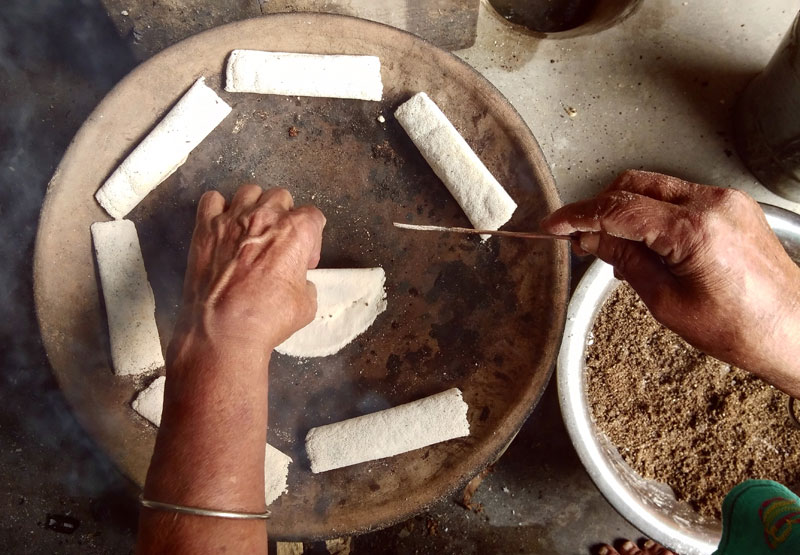Anil Harish examines the various components of the Union Budget and the implications for us
Every year the Finance Minister of India presents the Union Budget to Parliament. This consists of several components. One is the budgetary allocation for the Ministries and the various activities and schemes and another aspect is the manner of collection of revenue to meet the expenditure of the Government. One of the components of revenue collection is from Direct taxes, primarily, the Income-tax Act, 1961.
Every year, therefore, we see a large number of amendments being made to the Income-tax Act. In this year’s Finance Bill, the number of amendments proposed to be made to the Income-tax Act is as many as 103.
It is said that nothing is as certain as death and taxes! Therefore, we need to understand how some of these amendments affect us. 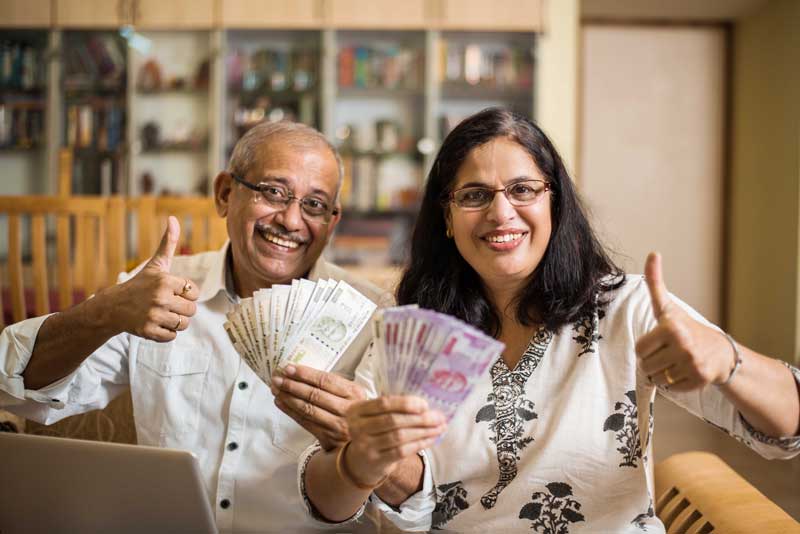
An optional method of taxation
An optional method of taxation of income up to Rs. 15 lakhs has been provided for in the Finance Bill. At present, an individual or a HUF can avail of certain deductions such as for investment into Public Provident Fund or Life Insurance Policy or Medical Insurance or interest payable on the purchase of a house, etc. These deductions bring the taxable income down and thereby reduce tax.
However, a new system is now being proposed, but this will be an option. Under this new system, a person can opt not to claim these various deductions and pay tax at a reduced rate on the first Rs. 15 lakhs.
This can help some persons, particularly those who are not claiming deductions on account of PPF, etc. The maximum benefit that can be derived from this new optional tax regime is Rs. 78,000/- per year.
If a person does not have business income, then one can change the option from year to year. If, however, one does have business income, then there is a limitation on the change from year to year.
Each assessee must, therefore, look to his or her tax situation and work out which is better, whether to claim deductions and then pay, or not to claim deductions.
Real estate
There are several provisions relating to Real Estate.
One of these changes relates to determining the cost of acquisition of a property. If one had purchased an Immovable Property before 1.4.2001, then there is a benefit available under the Income-tax Act, i.e. to step up the cost to the value as on 1.4.2001. Normally, the Capital Gain is the Selling price minus the actual cost. However, the Government gives a benefit. This is to step up the cost from the figure of the actual cost to the value as on 1.4.2001. The amendment that is now being made is to say that the value as on 1.4.2001 is to be the value as per the Government’s figures for stamp duty, which, in Mumbai, is referred to as Reckoner value and in other places referred to as Circle Value, etc. If, therefore, the Government valuation as on 1.4.2001 was Rs. 5,000/- per sq.ft. then one can substitute that for the original cost. This can give a benefit to the assessee.

Another amendment is proposed with reference to Government valuation. At present, the law states that when a property is sold, the tax has to be paid by the Seller with reference to the Government Valuation or the actual transaction price, whichever is higher. There is only a margin of 5% allowable. If, therefore the Government valuation is Rs. 1 crore and if a property is sold for, say, Rs. 91 lakhs, then since the difference is more than 5%, the seller would have to pay tax as if he or she had received Rs. 1 crore. A buyer also would be deemed to have paid Rs.1 crore, even if he has actually paid only 91 lakhs. The Government now proposes to increase the “safe harbor” from 5% to 10% of the transaction value. So, if the Government valuation is Rs. 1 crore and you sell the property for, say, Rs. 91 lakhs, then Rs. 91 lakhs + 10% thereof, i.e. Rs. 9.1 lakhs would bring you to a total of Rs.100.1 lakhs. Since the Stamp valuation is within 10% of the transaction price, in such a case the seller will be allowed to pay tax with reference to the transaction value and the Government Valuation can be ignored.
Affordable housing
There is presently an exemption available from tax for a Developer of affordable housing, provided the construction permissions had been taken on or before 31.3.2020. This date is to be extended to 31.3.2021 and therefore, this will help Developers engaged in such projects.
An amendment to sec. 80EEA is also proposed. This states that a deduction for interest on a loan taken from a financial Institution for the acquisition of a residential house in an affordable housing project will be allowed up to the extent of Rs. 1,50,000/- per year. One of the present conditions is that the loan should have been sanctioned between 1.4.2019 and 31.3.2020. Now, this provision is to be amended to say that the loan may be sanctioned at any time up to 31.3.2021.
Taxation of dividend
The Finance Minister stated in para 116 of her Budget Speech that the removal of the Dividend Distribution Tax will lead to the government foregoing revenue of Rs. 25,000 crores.
This would make it appear that a bonanza is being given to Companies and tax-payers!
However, this is not so.
At present, if a Company earns say Rs. 1 crore, it first pays its Income-Tax. This may be about 25%. Then, it may declare Dividend and pay DDT (Dividend Distribution Tax) of about 20%. So if it declares dividend of say, Rs.63 lakhs, the DDT will be approximately Rs.12 lakhs. Then, if individuals receive this dividend of Rs.63 lakhs, there could be a Tax on them of about Rs.6 lakhs, so the net in hand is about Rs.57 lakhs.
The position for Companies receiving a dividend is on the same lines, but not identical.
The law now is to be amended to provide that there will be no DDT, but only regular tax in the hands of the recipient of the dividend.
So, if a Company earns Rs. 1 crore and pays, Rs.25 lakhs as its own Income Tax and distributes Rs.75 lakhs, this will be taxed in the hands of the recipient. If he or she is in the maximum bracket of 42.74%, then the Tax could be about Rs.31 lakhs! This will leave only Rs.44 lakhs with a highly taxed individual!
Of course, many shareholders will not be at the highest slab, and the rates of tax for companies are also different as are the rates for Non-Residents and for foreign companies, but reverting to the “classical” system, as the Government calls it, can mean much higher tax for many persons, and every shareholder will now once again have to have a proper account of dividend received, rather than merely treating it as exempt, or practically exempt, from Income-tax, as we are able to do now.
So, the Government is probably going to earn much more tax than what it says it is foregoing!
Non-residents
A person who is Non-Resident of India, on the basis of the number of days, as specified in the Income Tax Act, is liable to pay tax in India on the income earned in India but not on the income earned outside India.
An amendment to this well-established position was proposed, and this shocked many Non-Residents. The amendment proposed was that if an Indian Citizen is Non-Resident and is not liable to tax overseas on account of his residence or domicile outside India, then he would be deemed to be Resident and would be taxed on his world income.
A large member of Indians lives in the Middle East, where there is no Income-tax. All these persons would suddenly be deemed to be Resident and would be taxable in India on their world income, even if they do not spend a single day in India, and even though the income has no connection with India!
Shakespeare’s Hamlet’s question was “To be or not to be”. The question of NRIs now is “To be or not to be – an Indian Citizen”! Many actually have stated that they wish to give up Indian Citizenship rather than have to face laws such as these.
The Government has backtracked to some extent and said that this was not the intention and that people have misunderstood. Let us hope this proposed amendment is withdrawn.
Another important amendment for Non-Resident Indians and NR persons of Indian origin is that at present they can come on visits to India for up to 181 days in a Financial Year (April through March) and still retain their NR status. This is now proposed to be reduced to 120 days.
Penalty
Compliance and record-keeping are the names of the game nowadays.
There are already penalties provided for in the Income Tax Act, for numerous contraventions. An additional provision now will be section 271AAC.
This will state that if it is found that in the books of account maintained by any person, there is a false entry or an omission of any entry which is relevant for computation of total income of such person to evade tax liability, then a penalty of 100% of the amount of the false or omitted entry can be charged. The penalty will not be only with reference to the income-tax arising out of such transactions but to the full amount of such transactions or entries.
Accordingly, every assessee must be very careful and even an inadvertent mistake or omission can lead to huge penalties.
Charitable trusts
Even though a Charitable Trust may have ahead been registered with the IT department under section 12A or section 12AA, it will now have to register again, under section 12AB, and the application must be submitted by 31.8.2020.
Vivad Se Vishwas
Although there are many more amendments proposed, let us end on a positive note!
A new law called “the Direct Tax Vivad Se Vishwas Act, 2020” is to be passed.
The FM said that there are 4,83,000 tax appeals pending before the CIT(A), Tribunal, High Court and Supreme Court.
This law will enable an assessee to settle some of these appeals, by paying just the tax (and no interest or penalty) or 25% of the amount of a penalty, if a Declaration is made and the tax is paid by 31st March 2020.
If the tax or penalty is paid by 30th June then the amount payable will be higher, but there can still be a substantial reduction in liability, and more importantly, one can get peace of mind!
But in all these matters, do remember that the fine print is very important and in law, as in life, don’t take anything for granted!








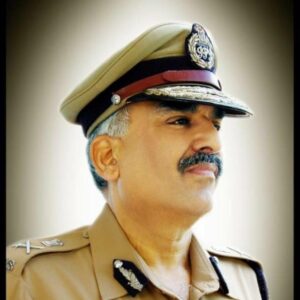


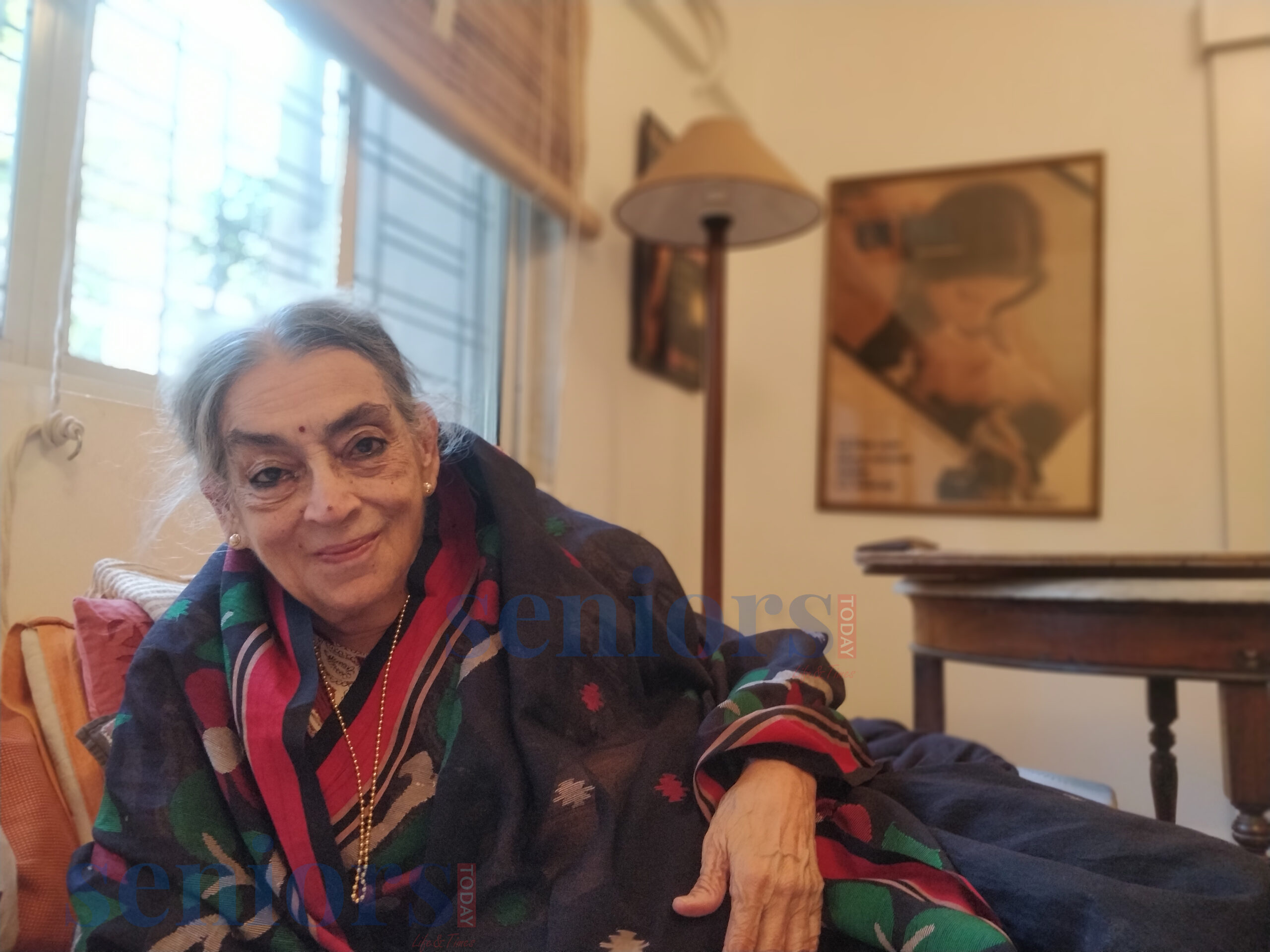
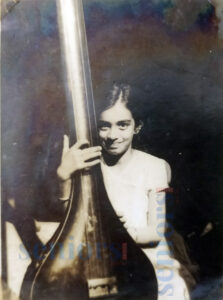 early inspiration in art comes from her grandmother’s room where she found oleographs of Raja Ravi Verma. Since then Lalitha always had the desire to be an artist. As children, every weekend their grandmother would take them to their uncle’s home on a tram and all the siblings (the Padukone’s and the Benegals) would spend the entire weekend watching films.
early inspiration in art comes from her grandmother’s room where she found oleographs of Raja Ravi Verma. Since then Lalitha always had the desire to be an artist. As children, every weekend their grandmother would take them to their uncle’s home on a tram and all the siblings (the Padukone’s and the Benegals) would spend the entire weekend watching films.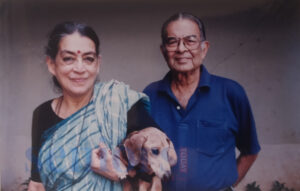 However, Lalitha’s mother wanted her to become a classical singer and insisted that she learn classical music. Lalitha did learn and after a lot of insistence she performed some ragas at their community gathering in Calcutta. However, she was more inclined towards painting than singing. Stubborn Lalitha came home one day after her music class and kept her foot down saying, “No More Music, Art is all I want to do.”
However, Lalitha’s mother wanted her to become a classical singer and insisted that she learn classical music. Lalitha did learn and after a lot of insistence she performed some ragas at their community gathering in Calcutta. However, she was more inclined towards painting than singing. Stubborn Lalitha came home one day after her music class and kept her foot down saying, “No More Music, Art is all I want to do.”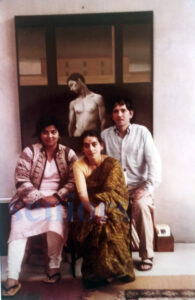
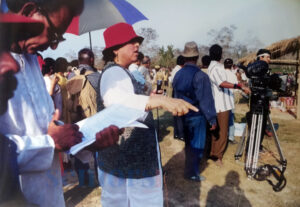 Lalitha Lajmi: Kalpana was young, an 18-year-old who had fallen for a man who was the age of her father. She never told me anything back then; now of course I know. Kalpana fell in love that day at the dinner table. She grew to love Bhupen da. Around that time my sister-in-law Geeta had passed away. So the children would often spend time together, and I believe Kalpana used to meet Bhupen da with that excuse, which I didn’t know in the beginning. Bhupen da was then staying in a hotel somewhere in Khar or Santacruz. A theatre friend told me one day that Kalpana had been spending time with Bhupen da. At that point I didn’t know what to do. Now when I think of it I feel I was not a good mother because I didn’t know how to deal with such a thing. The friend also mentioned that Bhupen da was a person who had destroyed many women’s lives. He was not dependable and all this would never end in marriage.
Lalitha Lajmi: Kalpana was young, an 18-year-old who had fallen for a man who was the age of her father. She never told me anything back then; now of course I know. Kalpana fell in love that day at the dinner table. She grew to love Bhupen da. Around that time my sister-in-law Geeta had passed away. So the children would often spend time together, and I believe Kalpana used to meet Bhupen da with that excuse, which I didn’t know in the beginning. Bhupen da was then staying in a hotel somewhere in Khar or Santacruz. A theatre friend told me one day that Kalpana had been spending time with Bhupen da. At that point I didn’t know what to do. Now when I think of it I feel I was not a good mother because I didn’t know how to deal with such a thing. The friend also mentioned that Bhupen da was a person who had destroyed many women’s lives. He was not dependable and all this would never end in marriage.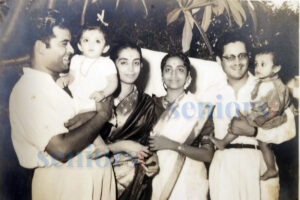
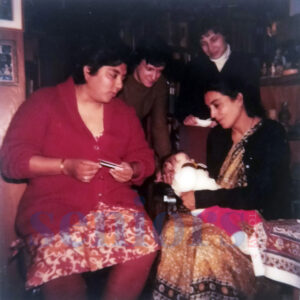
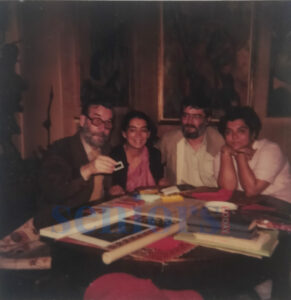
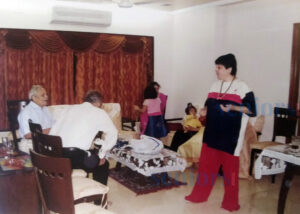 Later on after earning some money they invested in another house nearby, but Bhupen da became really unwell. He underwent surgery but eventually he passed away. I was there with Kalpana as always. I could never have my daughter be alone. She was grieving and that’s how she wrote a book on him.
Later on after earning some money they invested in another house nearby, but Bhupen da became really unwell. He underwent surgery but eventually he passed away. I was there with Kalpana as always. I could never have my daughter be alone. She was grieving and that’s how she wrote a book on him.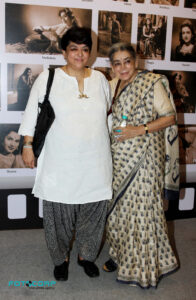 the book launch than anything else.
the book launch than anything else.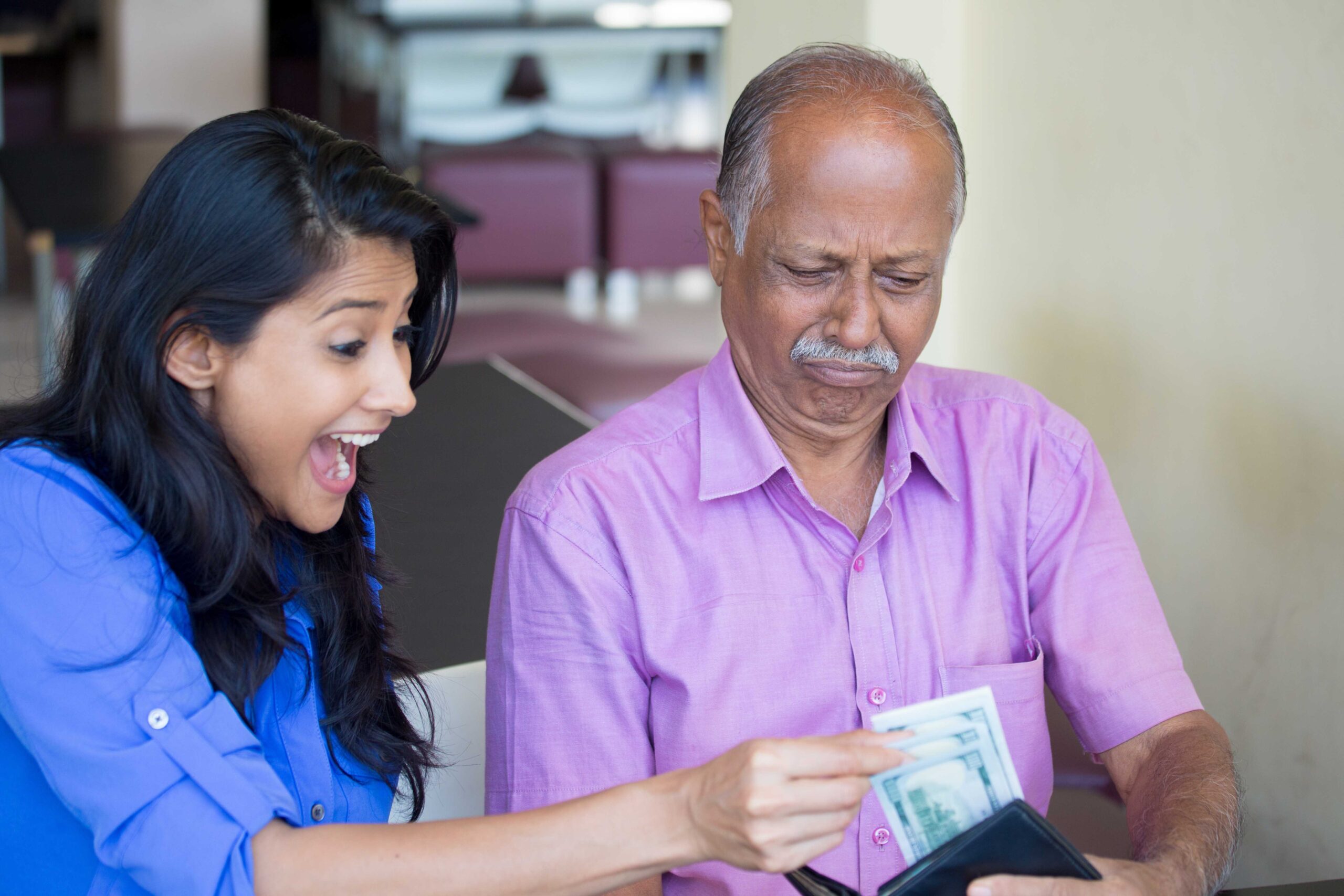











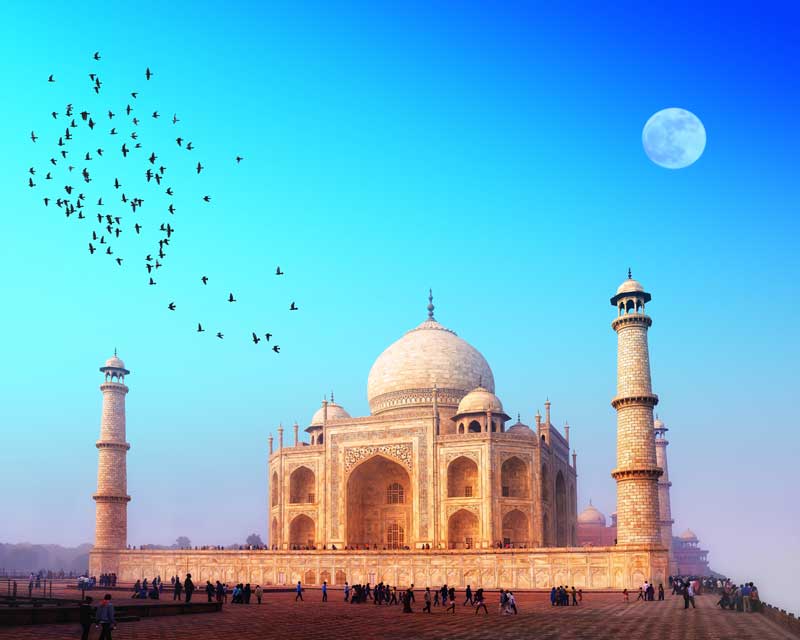
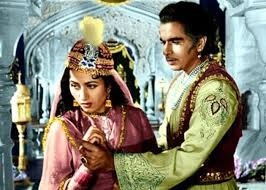

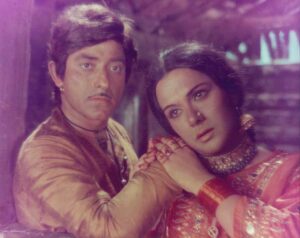
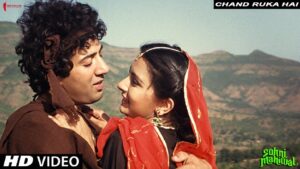

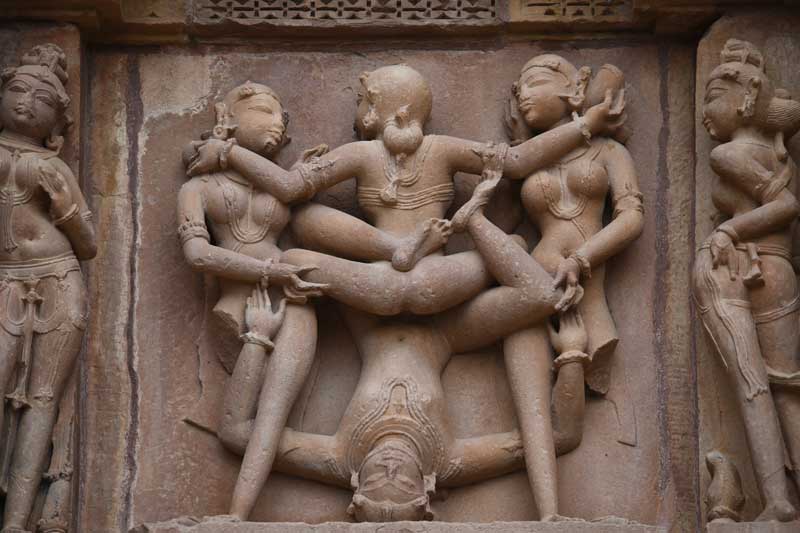

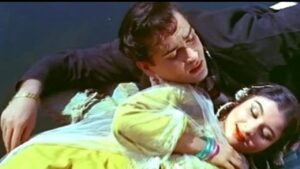

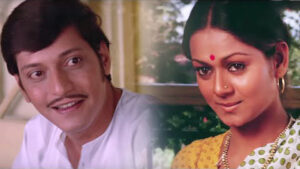
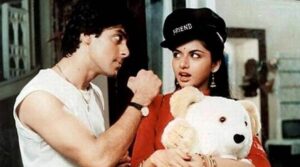
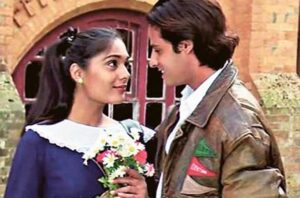


 “Love for Sale, appetizing young love for sale,” crooned the jazz singers of yesteryears while
“Love for Sale, appetizing young love for sale,” crooned the jazz singers of yesteryears while







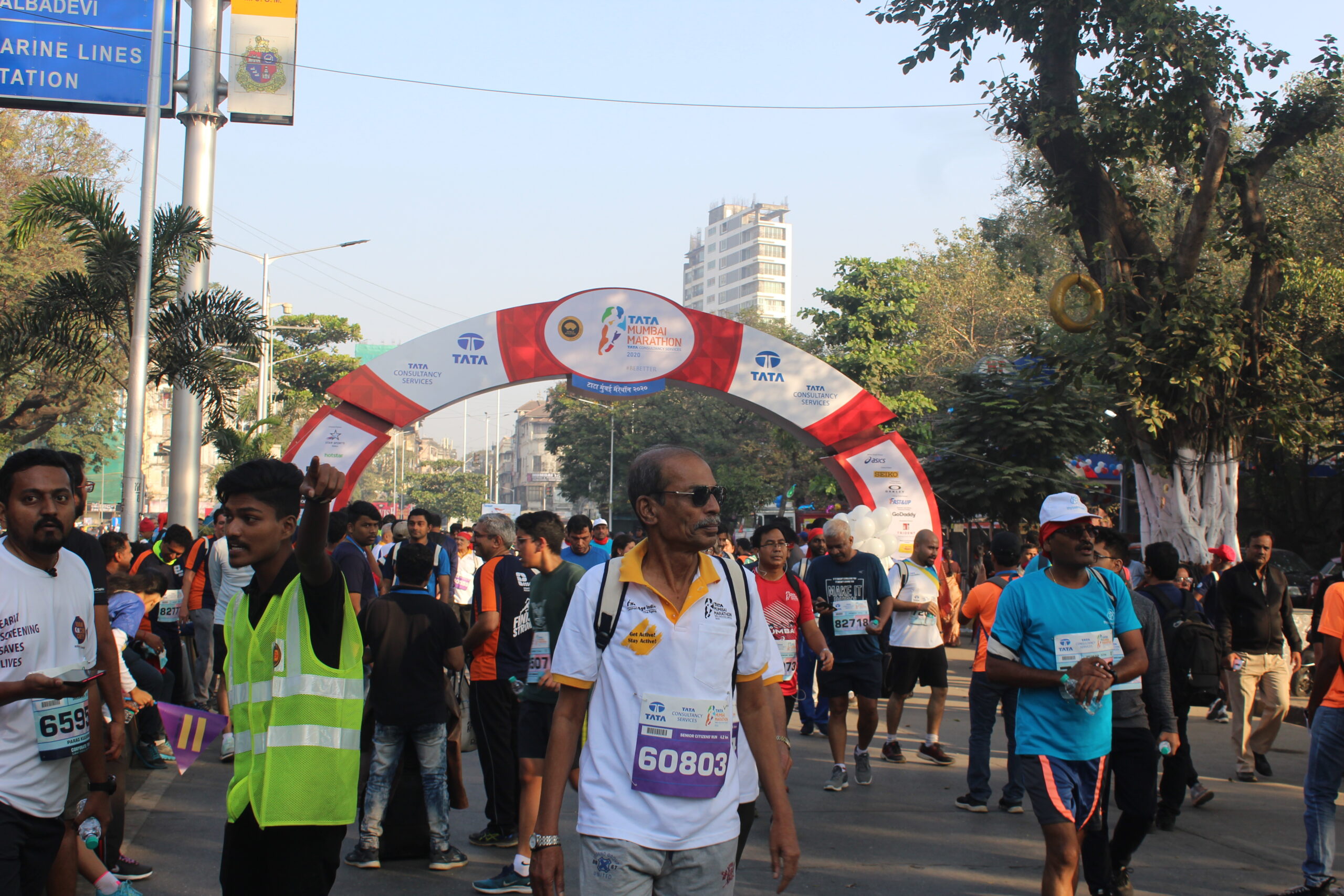
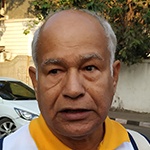
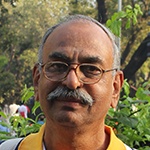
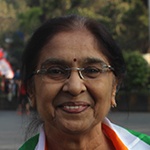
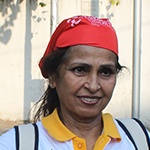
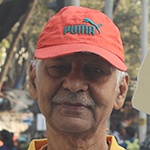

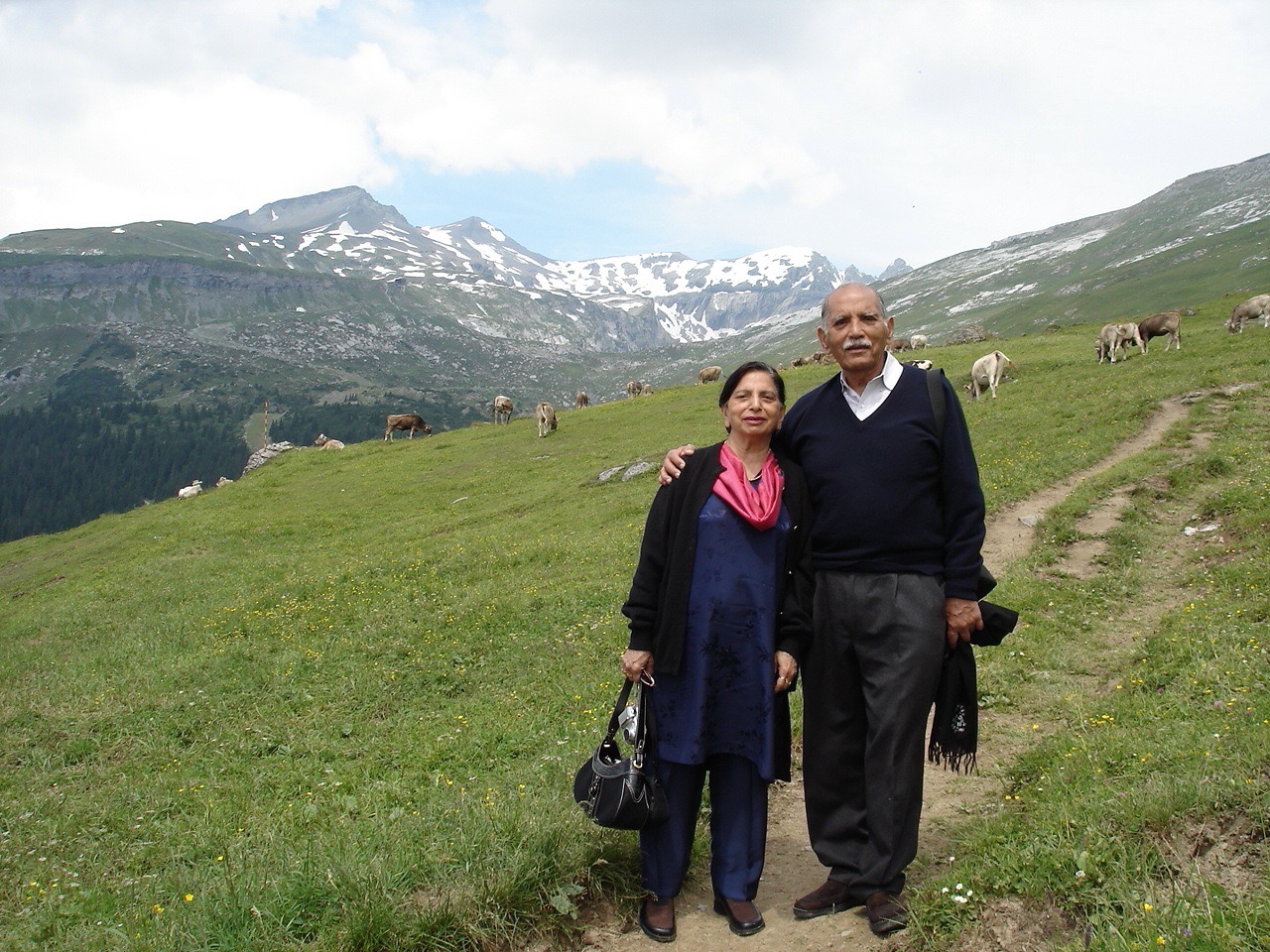
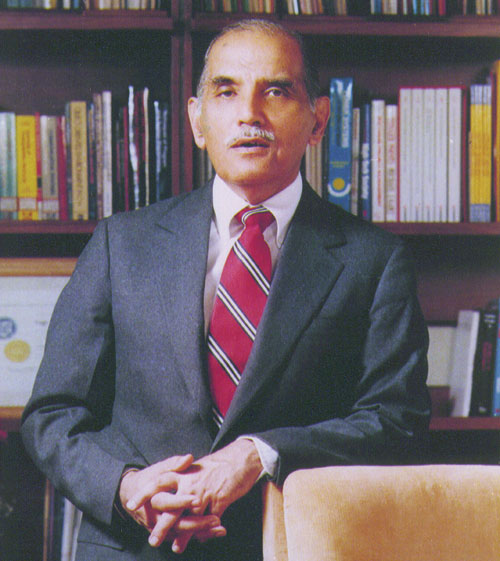 Faqir Chand Kohli, known to the world as FC: I was born in Rawalpindi. My mother’s family were the Sethis. Her elder brother Lala
Faqir Chand Kohli, known to the world as FC: I was born in Rawalpindi. My mother’s family were the Sethis. Her elder brother Lala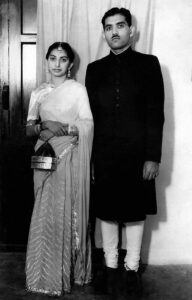
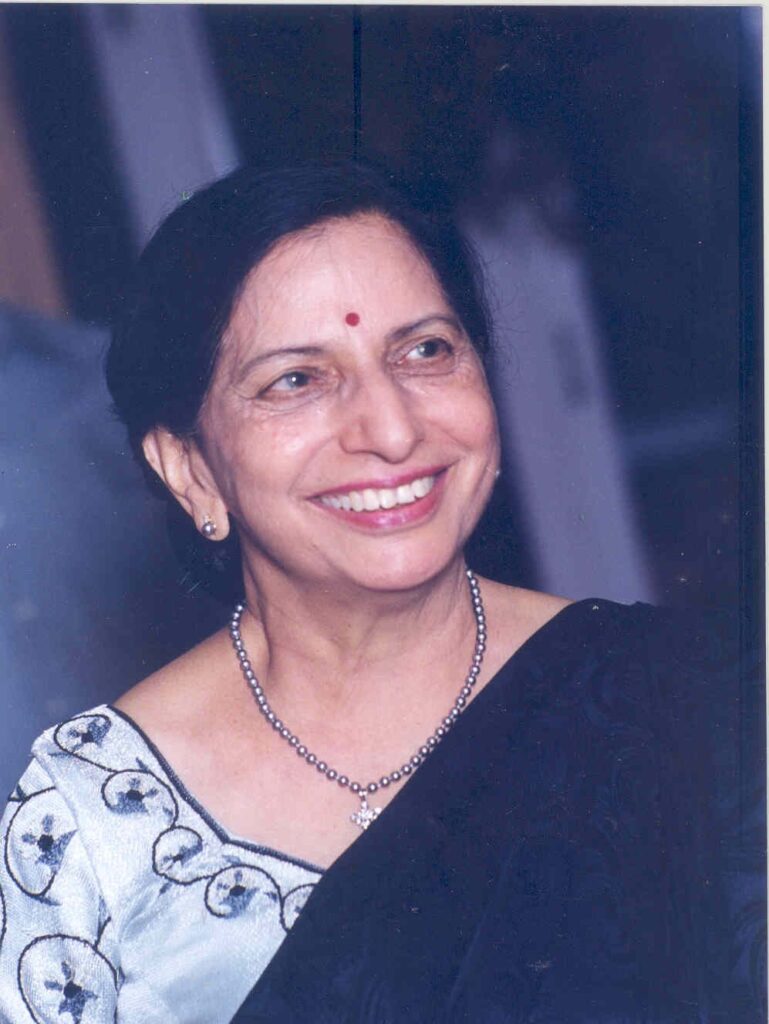 technologist, his elder brother was a lawyer and the younger was in insurance. Twice a year we all congregated in Rawalpindi. I studied in a boarding school in Simla in Tara Hall, a branch of Loretto Convent. I happened to come to Rawalpindi for my brother’s mundan (the ceremony when a child’s head is shaved for the first time). It was like a mini wedding. My grandfather decided that he would like to keep me with him in Rawalpindi. I was the eldest grandchild and his will overrode everything else. I left Tara Hall and got relocated to Rawalpindi.
technologist, his elder brother was a lawyer and the younger was in insurance. Twice a year we all congregated in Rawalpindi. I studied in a boarding school in Simla in Tara Hall, a branch of Loretto Convent. I happened to come to Rawalpindi for my brother’s mundan (the ceremony when a child’s head is shaved for the first time). It was like a mini wedding. My grandfather decided that he would like to keep me with him in Rawalpindi. I was the eldest grandchild and his will overrode everything else. I left Tara Hall and got relocated to Rawalpindi.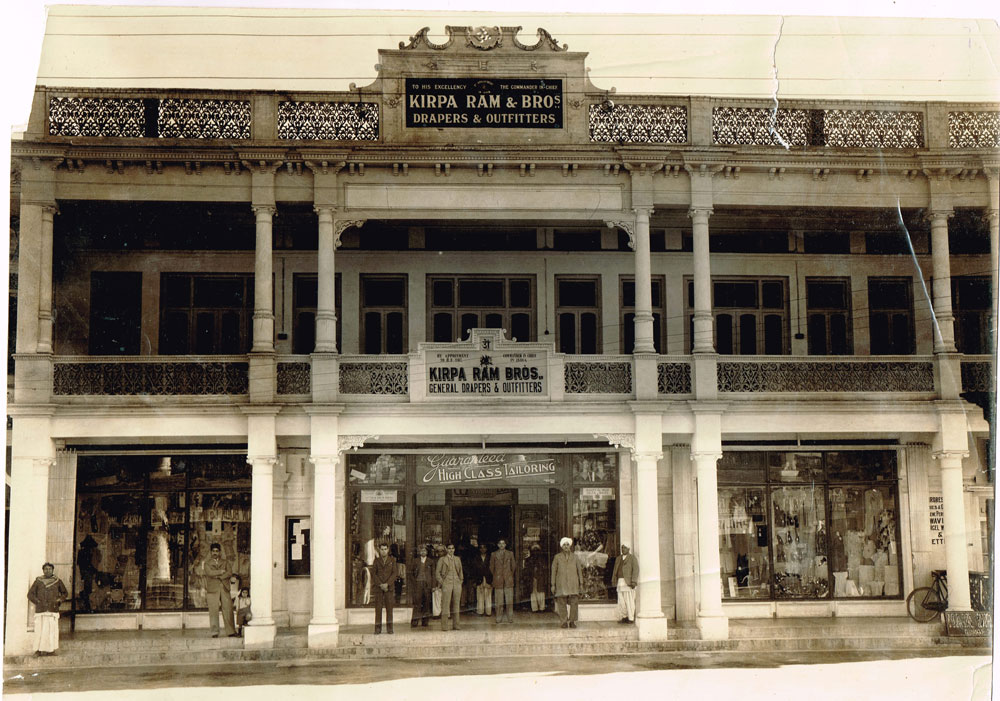
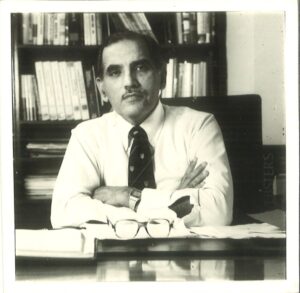
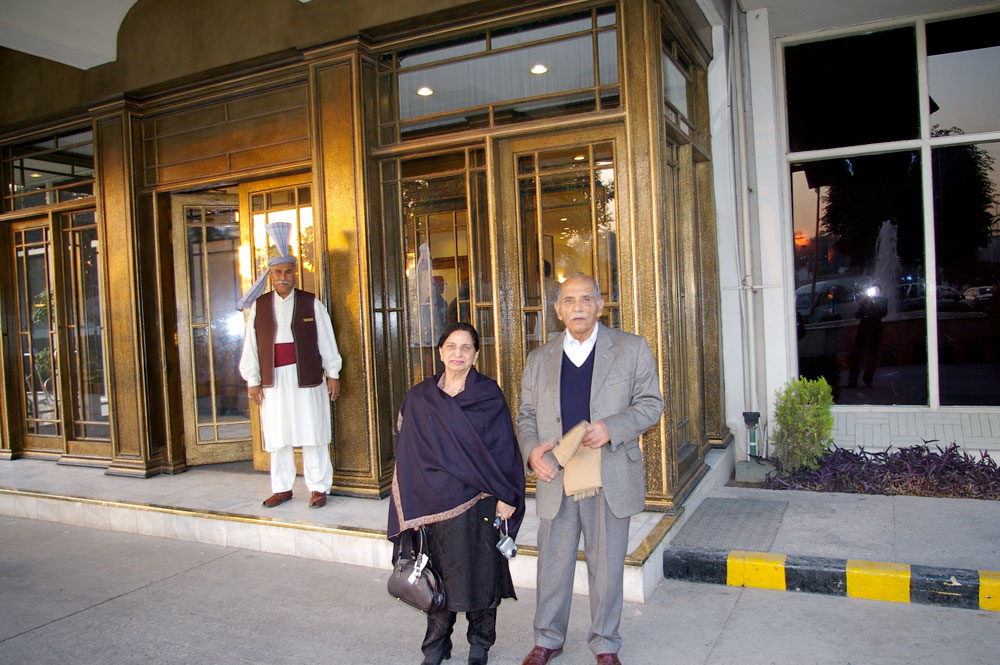

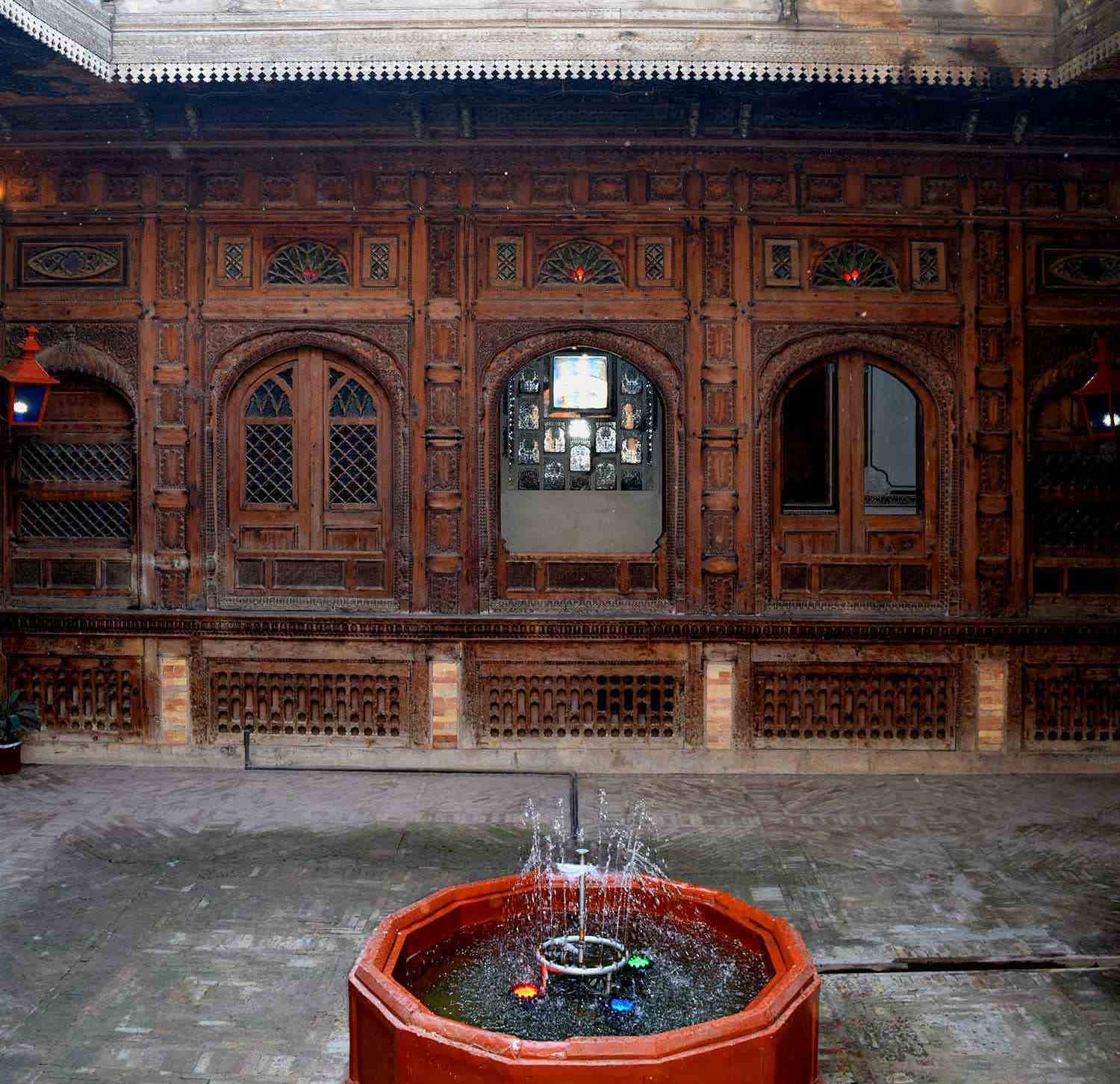
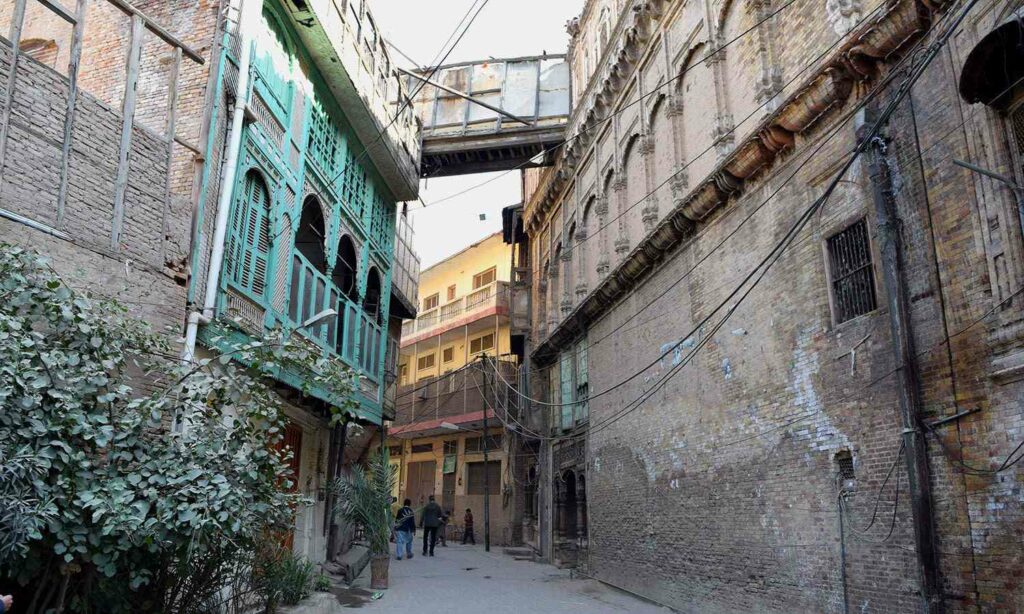
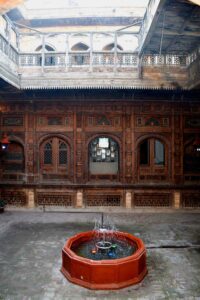
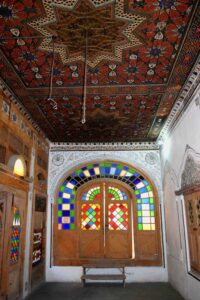 business had diminished and the family decided to sell the salt mine.
business had diminished and the family decided to sell the salt mine.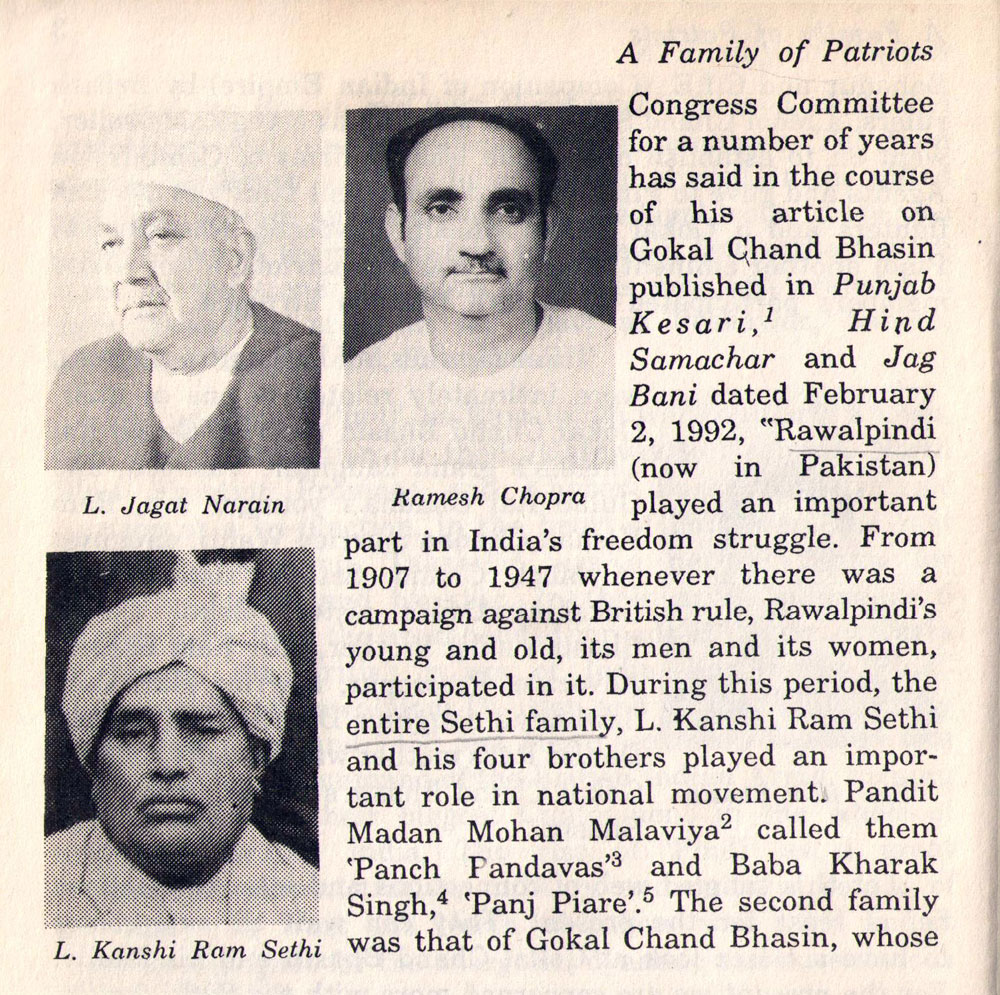
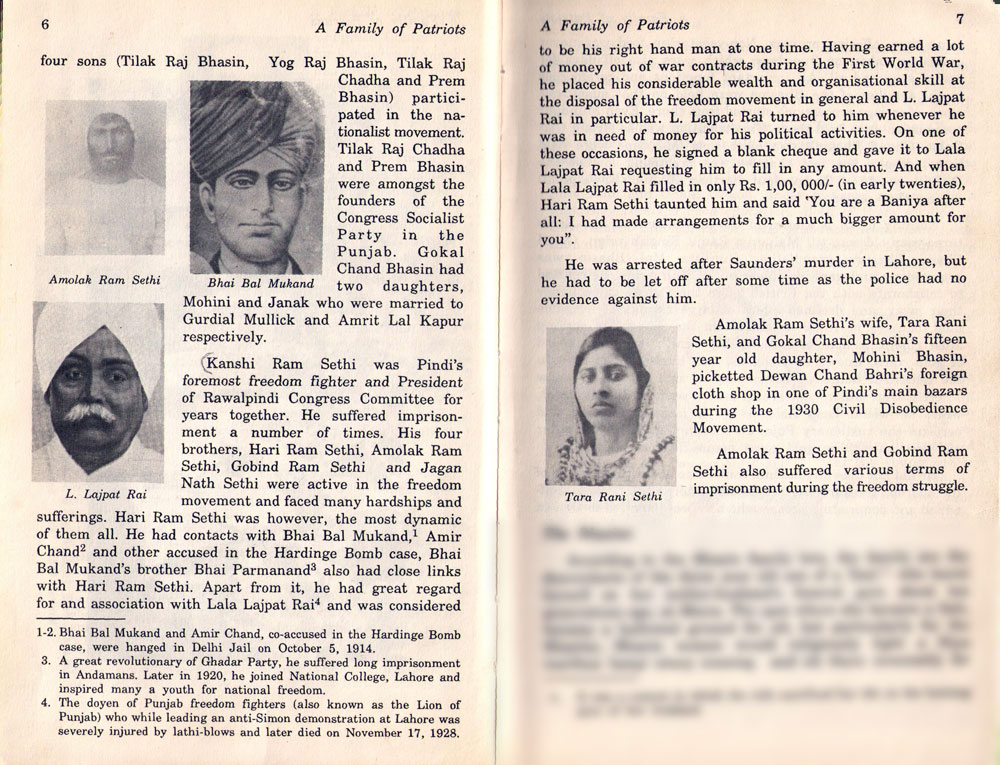
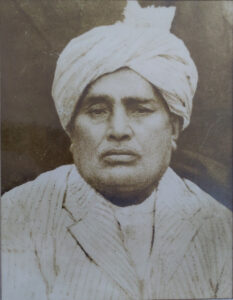




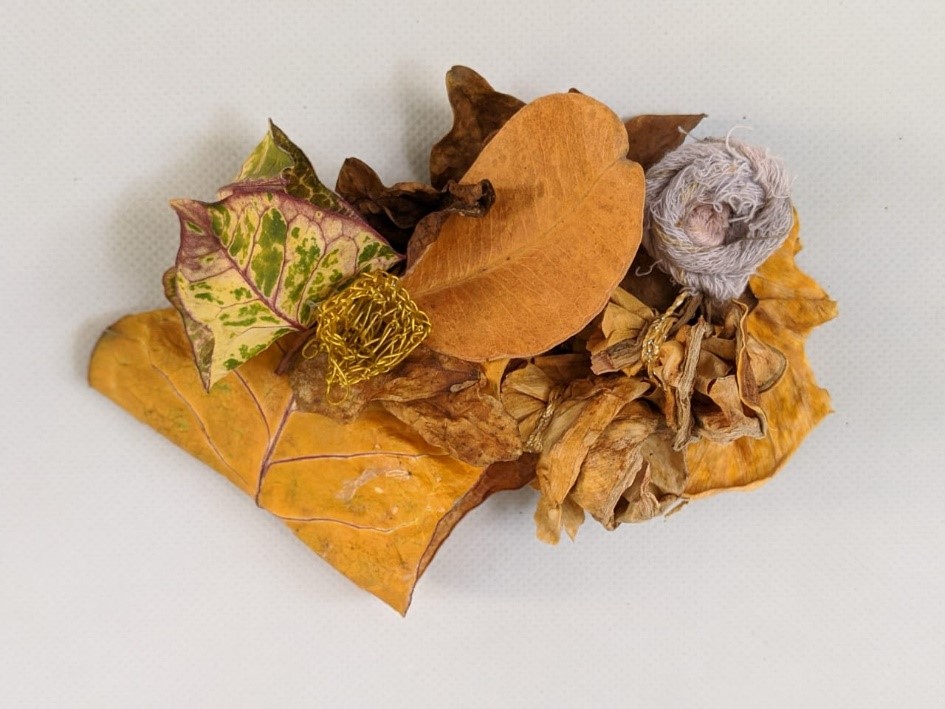

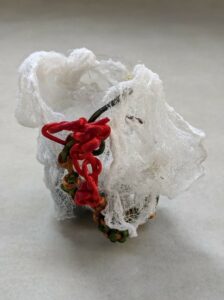 Looking for solutions
Looking for solutions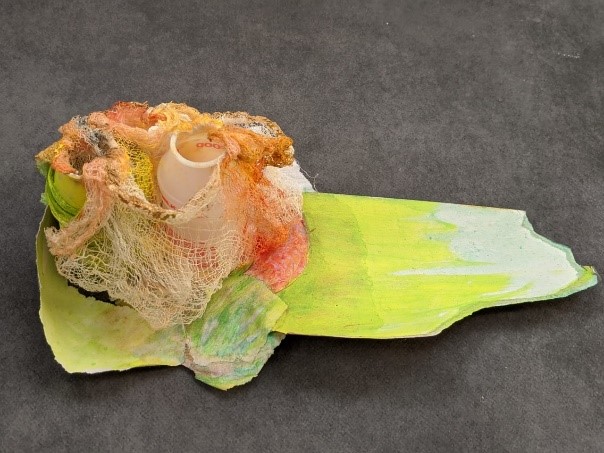
 Viktor Frankl, a concentration camp survivor, says in his life-altering book ‘Man’s Search for Meaning’ that man can preserve a vestige of spiritual freedom, of independence of mind, even in terrible conditions of psychic and physical stress because, while everything can be taken from him, the last of the human freedoms — to choose one’s attitude in any given set of circumstances, remains. One finds a higher calling, a meaning in life, which comes from purposeful work, love, and courage in the face of difficulty. The meaning of life, which differs from man to man, and from moment to moment, accrues over time.
Viktor Frankl, a concentration camp survivor, says in his life-altering book ‘Man’s Search for Meaning’ that man can preserve a vestige of spiritual freedom, of independence of mind, even in terrible conditions of psychic and physical stress because, while everything can be taken from him, the last of the human freedoms — to choose one’s attitude in any given set of circumstances, remains. One finds a higher calling, a meaning in life, which comes from purposeful work, love, and courage in the face of difficulty. The meaning of life, which differs from man to man, and from moment to moment, accrues over time.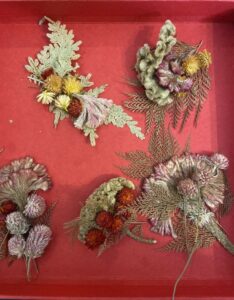 Cancer creates a rupture in life as we have known until now. What we think of ourselves, our place in the world, and our expectations are all shattered.
Cancer creates a rupture in life as we have known until now. What we think of ourselves, our place in the world, and our expectations are all shattered.


 In India, Bajaj has always been known for its patriotic branding right from the days of the old Bajaj scooter with “Hamara Bajaj”. Of course, this was a time when India followed a quasi-socialist path that banned imports.
In India, Bajaj has always been known for its patriotic branding right from the days of the old Bajaj scooter with “Hamara Bajaj”. Of course, this was a time when India followed a quasi-socialist path that banned imports.
 Nike although originating in America, has established itself as a truly global brand by capturing the hearts of young people in every country they entered. When it leverages sports events, it has the distinct advantage of itself being a sports brand. Their commercial for the Rio Olympics then did just that. It captured the quintessential Nike values of portraying success as the consequence of merely trying harder and combining them powerfully with passion for sport and patriotism.
Nike although originating in America, has established itself as a truly global brand by capturing the hearts of young people in every country they entered. When it leverages sports events, it has the distinct advantage of itself being a sports brand. Their commercial for the Rio Olympics then did just that. It captured the quintessential Nike values of portraying success as the consequence of merely trying harder and combining them powerfully with passion for sport and patriotism.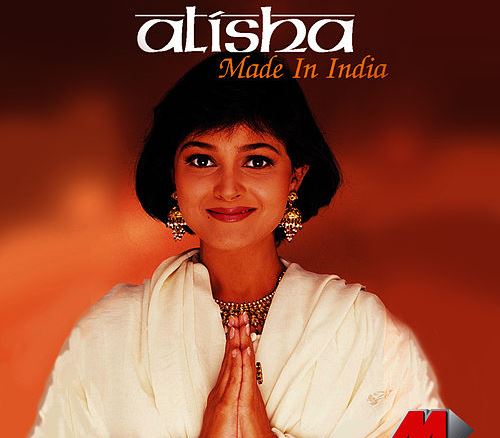
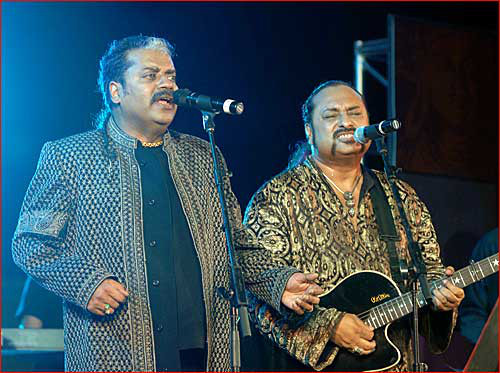
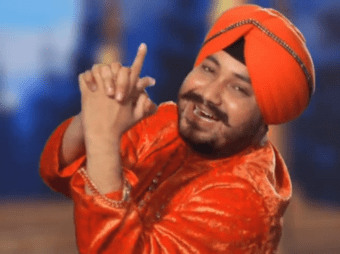

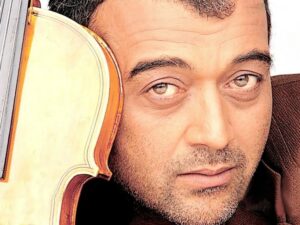




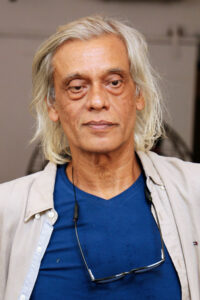 former comrades, Ismat (Kusum Haider). The three were active in the freedom movement against the British Raj, but when it came to the crunch, they betrayed a friend (Lalit Mohan Tiwari) and escaped from Rajpur. That incident of their cowardice has haunted them all their lives. When a battered Rohit falls at their doorstep with Sarita begging for refuge, it is time for the three to redeem themselves.
former comrades, Ismat (Kusum Haider). The three were active in the freedom movement against the British Raj, but when it came to the crunch, they betrayed a friend (Lalit Mohan Tiwari) and escaped from Rajpur. That incident of their cowardice has haunted them all their lives. When a battered Rohit falls at their doorstep with Sarita begging for refuge, it is time for the three to redeem themselves. same age as himself, which did not seem to hamper his growth as a star. Pankaj Kapur and Sushmita Mukherjee went on to co-star in the hugely popular TV serial Karamchand, and remain active on screen and stage. Sushmita was then married to Mishra, and later to Raja Bundela, while the director married editor Renu Saluja, after her breakup from Vidhu Vinod Chopra. From bit roles in this film, Alok Nath and Rajendra Gupta also moved on to better work in films and television. Manohar Singh did many more films, Habib Tanvir gained even more renown for his work with Chhattisgarhi folk theatre, while BM Shah also returned to the stage—all three are deceased.
same age as himself, which did not seem to hamper his growth as a star. Pankaj Kapur and Sushmita Mukherjee went on to co-star in the hugely popular TV serial Karamchand, and remain active on screen and stage. Sushmita was then married to Mishra, and later to Raja Bundela, while the director married editor Renu Saluja, after her breakup from Vidhu Vinod Chopra. From bit roles in this film, Alok Nath and Rajendra Gupta also moved on to better work in films and television. Manohar Singh did many more films, Habib Tanvir gained even more renown for his work with Chhattisgarhi folk theatre, while BM Shah also returned to the stage—all three are deceased.